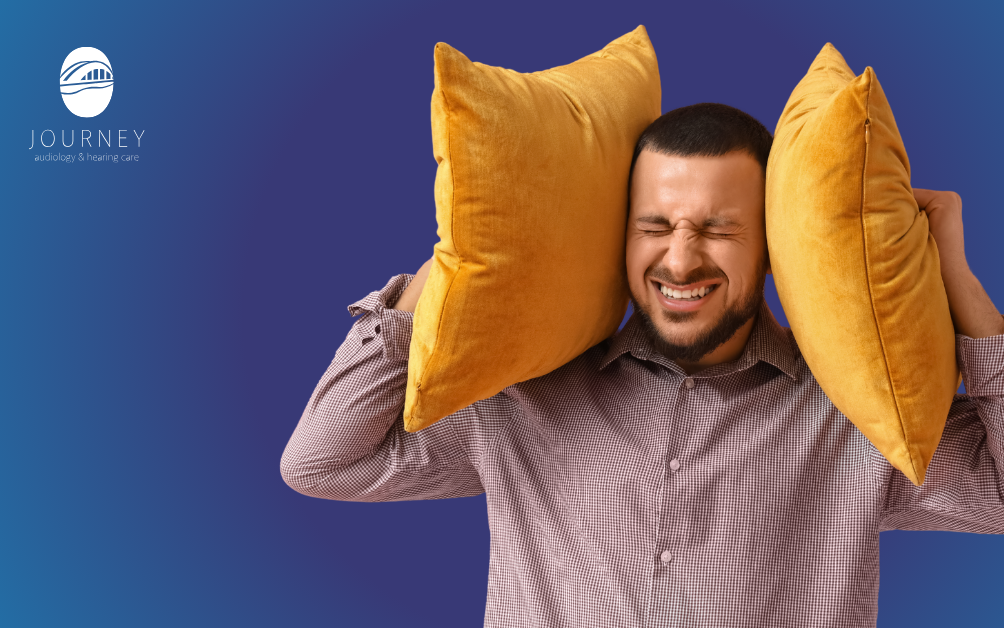How to Communicate With Someone Who Has Hearing Loss
Improve Your Communication with Someone Who Has Hearing Loss Think of the
We’ve Moved to a New Location! Learn More →


Improve Your Communication with Someone Who Has Hearing Loss Think of the

Audiologists specialize in understanding how your ears work and what

The Most Common Tinnitus Questions Answered Tinnitus is extremely common.